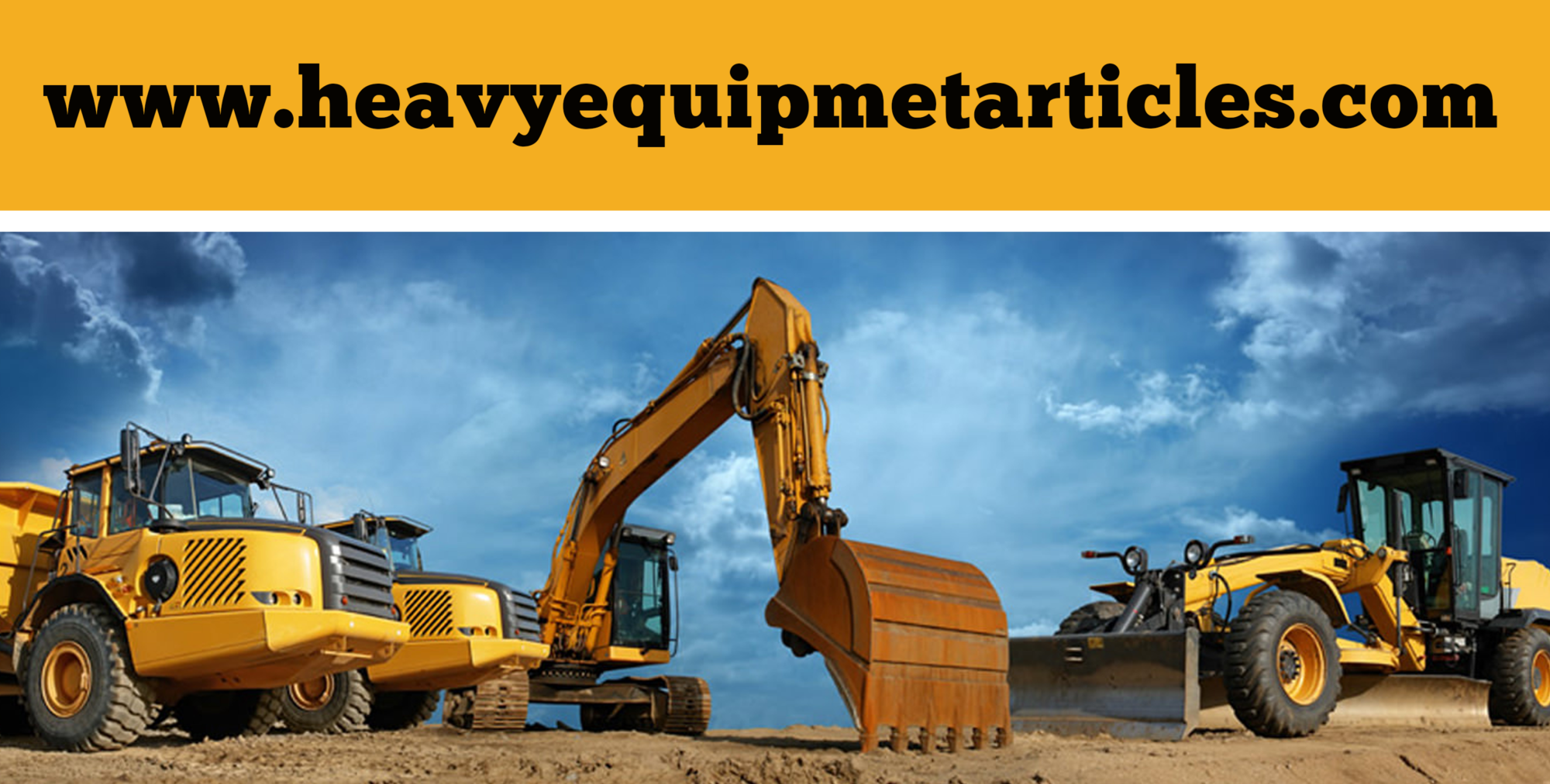Heavy equipment attachments play an important role in construction and mining, making it possible for heavy machinery to perform a variety of tasks. From excavation and grading to demolition and material handling, there are numerous attachments available to meet different job site requirements. Here are some of the most common heavy equipment attachments and their uses in construction and mining:
- Excavator Buckets: Excavator buckets are the most commonly used attachments in construction and mining. They are available in different sizes and shapes to suit different excavation needs, including digging, grading, and cleaning.
- Hydraulic Hammers: Hydraulic hammers are used for demolition and breaking concrete, rock, and other materials. They are mounted on the end of an excavator arm and are powered by hydraulic pressure.
- Grading Blades: Grading blades are used for leveling and smoothing out surfaces in construction and mining projects. They are attached to the front of the machine and are available in different sizes and configurations.
- Compactors: Compactors are used to compact soil, asphalt, and other materials for road construction and other projects. They come in different sizes and shapes to suit different job site requirements.
- Breakers: Breakers are similar to hydraulic hammers, but are smaller and more portable. They are used for breaking concrete and other materials in tight spaces where larger hammers cannot be used.
- Grapples: Grapples are used for handling and moving materials, including rocks, logs, and scrap metal. They are attached to the end of an excavator arm and are available in different sizes and configurations to suit different material handling needs.
- Rakes: Rakes are used for cleaning and grading surfaces, and are attached to the front of the machine. They are available in different sizes and configurations to suit different grading and cleaning needs.
- Shovels: Shovels are used for digging and removing material, and are attached to the end of an excavator arm. They come in different sizes and shapes to suit different excavation needs.
In conclusion, heavy equipment attachments are an essential part of construction and mining operations, allowing heavy machinery to perform a variety of tasks. From excavation and grading to demolition and material handling, there are numerous attachments available to meet different job site requirements. Understanding the different types of attachments and their uses can help ensure that the right attachment is selected for each task, maximizing efficiency and productivity.

